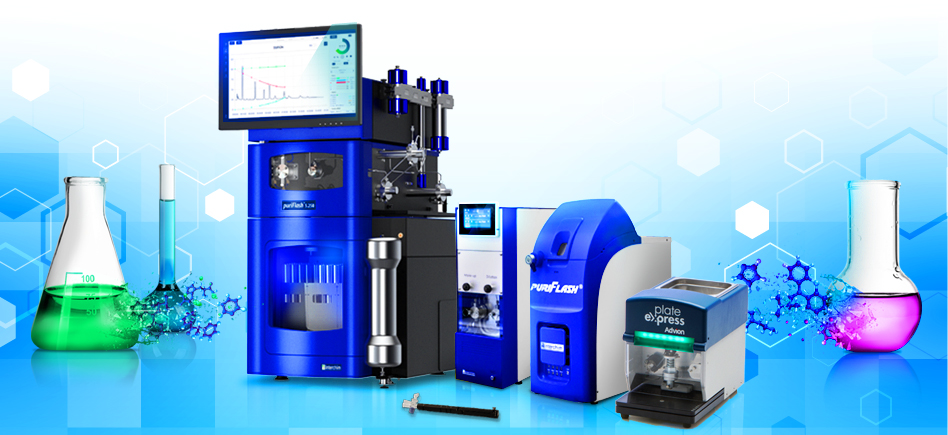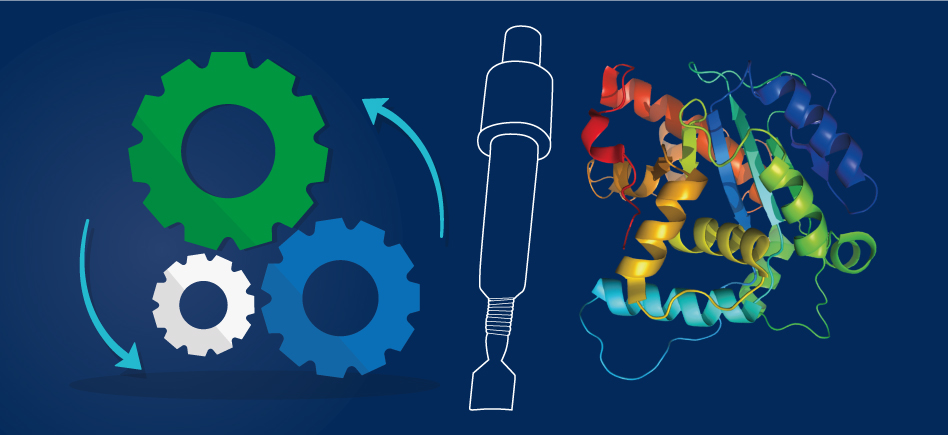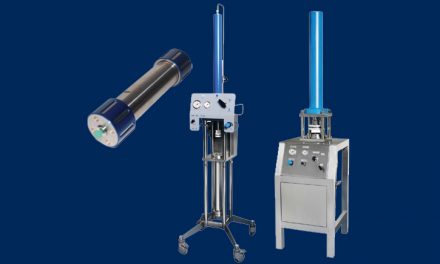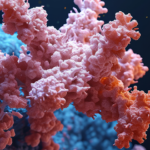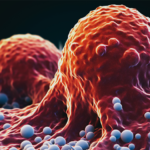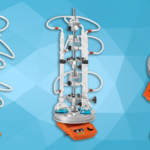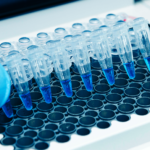Use of TLC/MS and flash/MS purification techniques
In the case presented below, we are in possession of a liquid sample containing natural products dissolved in acetonitrile. The objective is to perform a purification in order to collect the products individually with maximum purity.
For this purpose we have a platform composed of a puriFlash® PF-5.250 coupled with a puriFlash® MS mass spectrometer (CMS Advion expression) and an Advion Express Plate.
1. Identification of the compounds contained in the mixture by ASAP
 |
The first step is to identify the products in the mixture. For this, we use a CMS Advion expression mass spectrometer equipped with an ASAP (Atmospheric solid analysis probe) source. This modified APCI source allows the introduction of liquid or solid samples without prior preparation, no need to dissolve or dilute the compounds. The result is immediate and is shown in Fig. a and Fig. b. |

La Fig. a – represents the TIC (Total Ion Chromatogram) and Fig. b the corresponding mass spectrometer.
We can distinguish 3 products:
Compound 1: m/z 247 a-Santonin
Compound 2: m/z 286 and m/z 327 = 286 + 41 (acetonitrile + H adduct) Piperine
Compound 3: m/z 303 Abietic acid
2. Method development on CCM
We now know that the mixture to purify is composed of 3 products: a-santonin, piperine, abietic acid. The next step is to do a method development on a TLC plate in order to find the right solvent couple allowing the separation before going to the purification step (Fig. c).

Fig. c – Result on TLC plate Virgin silica with Hexane / Isopropanol (75 / 25) UV 254 detection.
3. Identification of compounds by TLC/MS
 |
In order to identify the compounds on our TLC plate, we analyze each of the spots by TLC/MS. The Plate Express Advion plate reader allows the extraction and transport of the compounds present on the TLC plate to the CMS expression mass spectrometer for rapid analysis. |
Simply place the spot to be analysed under laser sighting, then the extraction head comes into contact with the TLC plate and a make-up solvent carries the compound to the mass spectrometer. A frit system blocks the silica at the head, which is automatically purged at the end of each extraction. The results are shown in Fig. d.


 |
 |
 |
Fig. d – MS spectrum of TLC spots
4. Transposition TLC / Flash chromatography method
Thanks to Flash&Go technology and the TLC to Flash & Prep Chromatography application installed on our smartphone, we take a picture of the TLC plate. The application automatically detects the spots and calculates the Rf and ΔCv. All that remains is to send the result to the puriFlash® and Genius the embedded artificial intelligence will automatically transpose the method according to the quantity to be purified.

5. Purification of the mixture
We let ourselves be guided by Genius: column balancing, product injection, method gradient. We choose to collect according to the XIC (eXtracted Ion Chromatogram ) of each compound.
The result is shown in Fig. e.


Fig. e – Chromatogram representing the detection and collection of the 3 natural compounds
6. Conclusion
The versatility of the CMS Expression Mass Spectrometer coupled with the intelligence of Genius and the performance of the puriFlash® Generation 5 systems are indispensable allies in chemical laboratories.
Purification and mass spectrometry become accessible to all.
Know more:
- Find our demo video on our Youtube channel
- More information about TLC to Flash & Prep Chromatography.
- Consult our product sheets:
– puriFlash® 5.250 specifications
– Plate Express Advion
– ASAP® (Atmospheric Solids Analysis Probe)

